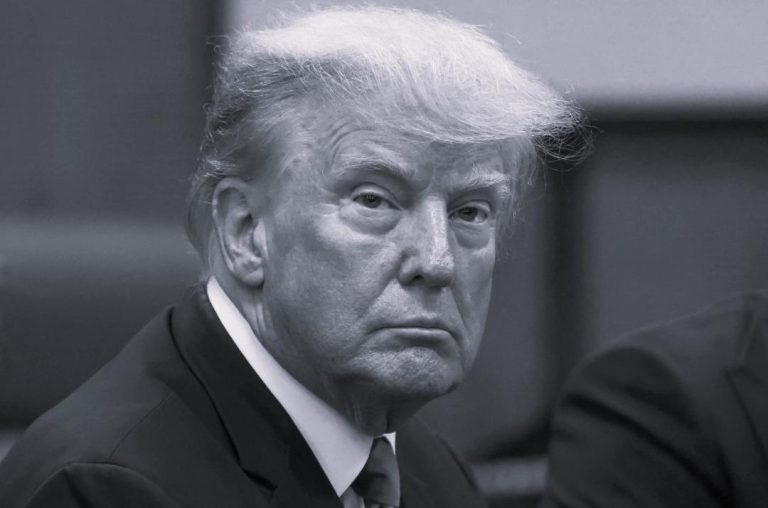
India Must Fix Domestic Inefficiencies Amid Trump Tariff Threats
The threat of tariffs on key Indian exports by the United States has sent a wave of uncertainty across various sectors in the country. With the US imposing a 27% tariff on certain Indian goods, including apparel, engineering goods, and others, India is forced to re-evaluate its trade strategy and adjust to the changing global trade landscape. While the pharmaceutical industry has managed to escape the tariff net for now, the pressure is mounting on other sectors to adapt to the new reality.
The tariff threat, which is part of the ongoing trade tensions between the two nations, is a stark reminder of the need for India to address its domestic inefficiencies and stay competitive in the global market. Experts are urging the government to leverage its relative advantage in certain sectors, hold firm on its red lines like agriculture, and fast-track domestic reforms to mitigate the impact of the tariffs.
The US tariffs, which came into effect on August 5, 2019, target a range of Indian products, including textiles, apparel, and engineering goods. The move is seen as a retaliatory measure by the US government against India’s decision to raise tariffs on certain American goods, including almonds, apples, and motorcycles. The US tariffs are expected to have a significant impact on India’s exports, which have already been facing challenges due to a slowdown in global trade and a weakening rupee.
The apparel industry, which is one of the largest contributors to India’s exports, is particularly vulnerable to the tariff threat. The industry, which depends heavily on imports of raw materials and intermediate goods from the US, is bracing for a significant impact on its profitability and competitiveness. “The tariffs will make our products more expensive, which will lead to a decline in demand and ultimately, job losses,” said a spokesperson for the Apparel Export Promotion Council of India.
The engineering goods sector, which is another major contributor to India’s exports, is also expected to be hit hard by the tariffs. The sector, which includes products such as machinery, equipment, and components, is heavily dependent on imports of raw materials and intermediate goods from the US. “The tariffs will increase the cost of production, which will make our products less competitive in the global market,” said a spokesperson for the Engineering Export Promotion Council of India.
The pharma industry, which was initially expected to be hit by the tariffs, has managed to escape the tariff net for now. However, experts warn that the industry is not entirely out of the woods yet. “The pharma industry is still at risk, as the US government can impose tariffs on pharmaceutical products at any time,” said a spokesperson for the Indian Pharmaceutical Alliance.
So, what can India do to mitigate the impact of the tariffs and stay competitive in the global market? Experts suggest that the government should focus on leveraging its relative advantage in certain sectors, such as IT and ITES, and hold firm on its red lines like agriculture. “India should focus on its strengths and increase its exports of high-value products, such as IT and ITES services, to reduce its dependence on low-value exports like textiles and apparel,” said a spokesperson for the Confederation of Indian Industry.
The government should also fast-track domestic reforms to improve the ease of doing business and increase competitiveness. “India needs to improve its business environment and reduce bureaucratic hurdles to increase foreign investment and exports,” said a spokesperson for the Federation of Indian Chambers of Commerce and Industry.
In conclusion, the threat of tariffs on key Indian exports by the US is a wake-up call for India to address its domestic inefficiencies and stay competitive in the global market. While the pharma industry has managed to escape the tariff net for now, other sectors are bracing for the impact. To mitigate the impact of the tariffs, India should focus on leveraging its relative advantage in certain sectors, hold firm on its red lines like agriculture, and fast-track domestic reforms to improve the ease of doing business and increase competitiveness.
Source: https://www.thecore.in/economy/india-donald-trump-tariff-trade-832901






